 Collaborative R&D
Collaborative R&D
Research and Development projects
To support the development of its R&D activities, ORME takes part in several research consortia supported by the Midi-Pyrenees region (AgileIT, Easynov, ReadyNov…), the French government (OSEO/DGA, FUI, CORAC, PIA…) or the European Union (H2020, Cleansky, Feder…). ORME also supports R&D internal projects on own funds. These activities help us to progress on our innovative technologies, and to open new applications and new markets.
-
TrackSim (2021-2023)
Software tools for integrating 3D digital models into real tests
Manufacturers who carry out mechanical tests on their systems, in the automobile, aeronautics, space, etc., carry out digital simulations beforehand, in order to anticipate the dynamic behavior of these systems. However, tests remain necessary, in constant interaction with simulations to refine the digital models during the design phase. The “testing” and “simulation” services of manufacturers must therefore interconnect, and must feed each other results in iterative design loops.
The challenge of this R&D project is to develop new functionalities:
- For configuring virtual cameras for implementing complex 3D tests,
- For 3D comparison of digital models and real tests,
- For 3D analysis of dynamic deformation of the surface of objects.
This project is supported by the Occitanie Region, as part of an Innovation Agreement, to the amount of €218,000, out of a total invested budget of €495,000.
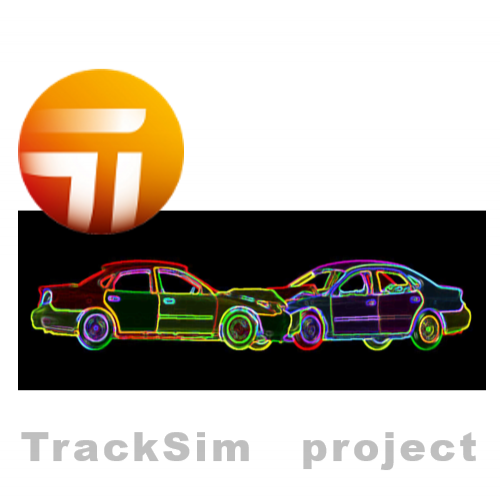
-
PHOTOMATIQ (2019-2023)
Robotic machine for automatic photonic product assembly
French and European manufacturers have come together around ISP System to provide innovative solutions to the problems related to the packaging of photonic components. Indeed, although photonic technology offers mature and robust solutions, the marketing and large-scale production of these new generations of components is still limited by the constraints of industrialization and micro-assembly. The PHOTOMATIQ ™ project precisely aims to overcome these technological barriers by increasing the possibilities of conventional production machines thanks to Artificial Intelligence.
The building blocks and technological processes of the generic machine include:
- 4-axis and 6-axis sub-micrometric positioning robots
- a 3D vision tracking system
- optical coupling optimization algorithms
This project, funded by the Occitanie Region, is made possible by the association of specialized and multidisciplinary skills:
- ISP System www.isp-system.fr: Design and production of automated micro-assembly machines and high precision mechatronic equipment
- Toulouse Computer Science Research Institute (IRIT) www.irit.fr: Artificial intelligence, design of autonomous systems that are self-adapting to their environment
- ORME will be in charge of the design of machine vision algorithms and image processing for 3D localization
The project represents a budget of 1.7 M € for a period of 3 years and receives financial support from the Occitania Region as part of the READYNOV 2019 call for projects.
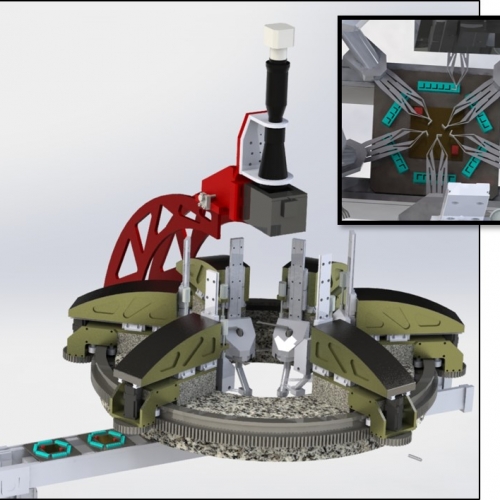
-
HELION (2019-2022)
New system for the propulsion of liquids on height with high performance
Wind farms need a constant maintenance to ensure its efficiency but its access is complex and accidents happen over helicopter operators. The HELION consortium, lead by the Spanish company CTI, will develop a suspendable helicopter device for liquid propulsion on height with an artificial vision algorithm for dirt detection. This should improve performance, efficiency and reduce drastically the operation time.
ORME will be in charge of the technological buiding brick for the automatic detection of parts to clean the wind turbine by camera.
The project represents a budget of 1M€ over 2 years, and will receive financial support from Eurostars.
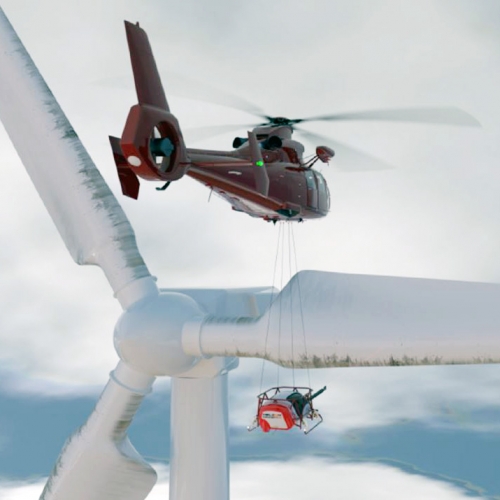
-
R2T2 (2018-2022)
R2T2, the vine pruning robot
This ambitious research project aims to design a robotic pruning solution for the vine, in order to reduce the arduousness of the work of the winemaker and improve the competitiveness of the vineyards. Indeed, the pruning of the vineyard is a key operation in the vineyard grow, but it is also the most difficult task because of its repetitiveness, and of winter conditions.
A consortium of several partners intend to meet this challenge with the following expertises:
- Knowledge of the profession of winegrower: VINOVALIE will work alongside the French Institute of Vine and Wine
- Image analysis: ORME will design the 3D vision system, to perform the real-time vine segmentation and cutting point decisions using Machine Learning techniques,
- Architecture and robotics: The LAAS-CNRS (Laboratory of Analysis and Systems Architecture)
- Mechatronics and agricultural machinery: 3 partners are mobilized to ensure continuity in the chain of integration with ICAM, the SME FLDI and the leading group CNHi.
The project represents a budget of 3 M€ for a duration of 4 years and will receive financial support from the French government and the Occitanie Region.
This R&D project has been co-funded by the Regional European Fund for Development (FEDER).
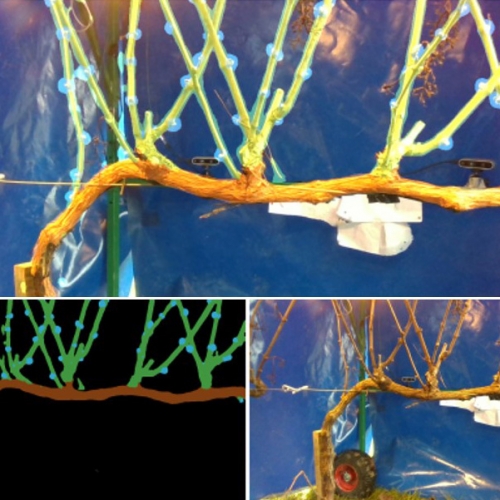
-
LUTECE (2018-2020)
Urban ropeway cable monitoring
The current market for urban cable, cable car or gondola transport is booming, and several projects are emerging in France and around the world. Compared to other more traditional means, cable transport has many advantages: low investment and operating costs, very low CO2 emissions per passenger, low footprint and strong ability to overcome geographical peculiarities. The cable is a strategic element of these installations.
Since July 29, 2016 the "LUTECE" research project (Urban Linkage of Electrical Transport by Spliced Cables) has been launched, with the support of BpiFrance via the FUI (French Funding) and the Occitanie Region. "LUTECE" is supported by a consortium of 6 entities: Tec Cables, ArcelorMittal, ICAM, Orme, ELBI and the leader of the project Mécamont Hydro.
The competitiveness cluster LUTB (Rhône-Alpes), specialized in urban transport, has labeled the project and Aerospace Valley (Occitanie) has co-labeled it.
The aim of this project is to provide French "cable solutions" for the supply, installation, operation and maintenance of high-performance cables (HP) on the European and International market for urban cable transportation. To do this, a research and innovation center on high-performance steel cables will be installed in the Mécamont Hydro premises in Lannemezan (65). A test bench on an industrial scale is being developed which will allow to characterize the service life of innovative steel cables and validate new processes and materials for the realization of splices.
ORME is in charge of the future real-time 3D vision system which will monitor various parameters of the cable during operation.This R&D project has been co-funded by the Regional European Fund for Development (FEDER).
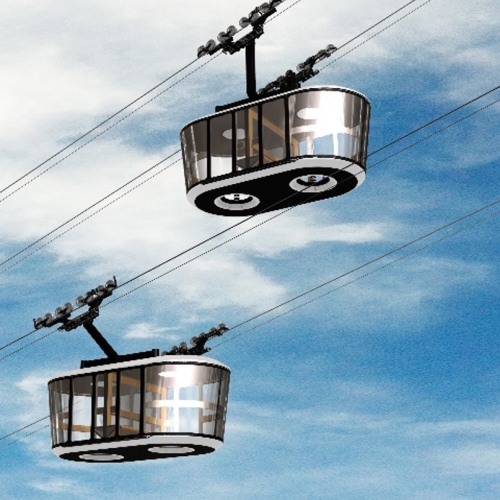
-
CleanSky FLIP2 (2017-2019)
Adding weather forecast tools to FLIP
This second phase will be conducted, like the first one, with ATMOSPHERE, a company specialized in weather data processing and networked aeronautical applications. The new project – FLIP 2 – will enrich the flight plans in the database with real-world weather forecast data.
This R&D project has been co-funded by the Regional European Fund for Development (FEDER).
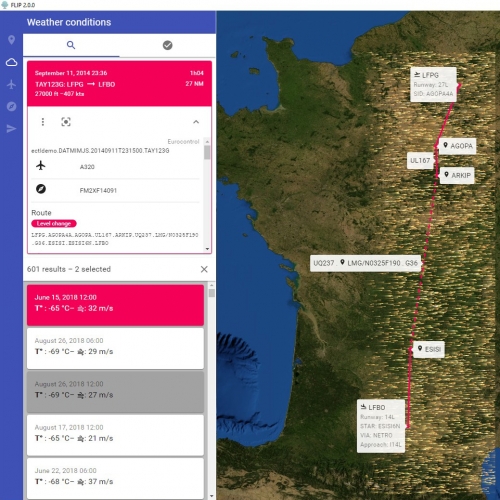
-
IKKY (2016-2018)
Posture detection: Real-time and accurate measurement of the position and orientation of the pilot’s head
The challenge of this project is to develop a prototype of a posture detection system of the head of an aircraft pilot, which is both efficient and non-intrusive. The objective is to refine the "head up" projection, avoiding parallax errors which could due to the position / orientation of the head.
This research project, in partnership with LAAS-CNRS and THALES AVIONICS, is innovative in the sense that it combines the measurements of two sensors, inertial unit and optical sensor without marker (RGB-D depth sensor). The main advantage of this combination lies in their complementarity: a high-frequency measurement of the small displacements of the head by inertial unit, with a resetting in absolute position by RGB-D optical sensor at lower frequency.
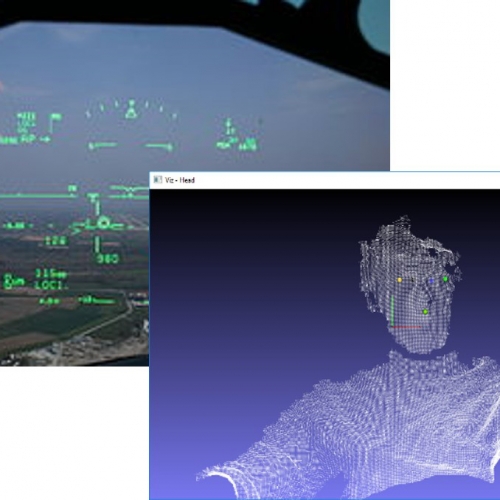
-
Fall detection MAD (2016-2017)
Fall detection: evolutions for homes
Thanks to the conclusive tests carried out in the EHPAD, ORME continues to develop its innovation to adapt it to the maintenance of people at home. For this new research project, ORME has joined the company SYNOX, specialist in the Internet of connected objects (IoT). The two companies work together to adapt this fall sensor to individuals.
This R&D project has been co-funded by the Regional European Fund for Development (FEDER).
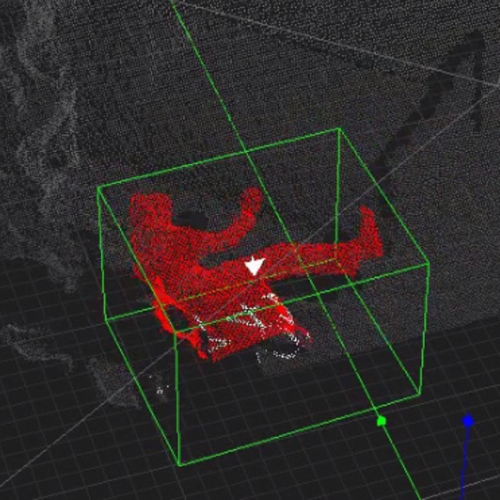
-
CleanSky FLIP (2015-2016)
Automatic Flight Plan Management Tool
Europe established 4 targets to be reached by the aviation industry by year 2020: reduce CO2 emissions per passenger kilometre by 50%, reduce NOx emissions by 80%, reduce perceived noise by 50% and reduce the environmental impact of the aviation industry, whilst increasing its performance.
This project, led by ORME, takes place in the research programme CleanSky, promoted by the Advisory Council for Aeronautical Research in Europe (ACARE) in Europe, with Thales Avionics and Atmosphere. It aims at building a data base of actual flight plan data and the development of a test platform for the future Flight Management System of Thales Avionics. During the Clean Sky Awards, on the 4th of April of this year in Brussels, FLIP was acknowledged as the third best European project of the year, over 500 projects in competition. This prize is a reward for several months of teamwork between Thales, ORME and ATMOSPHERE.
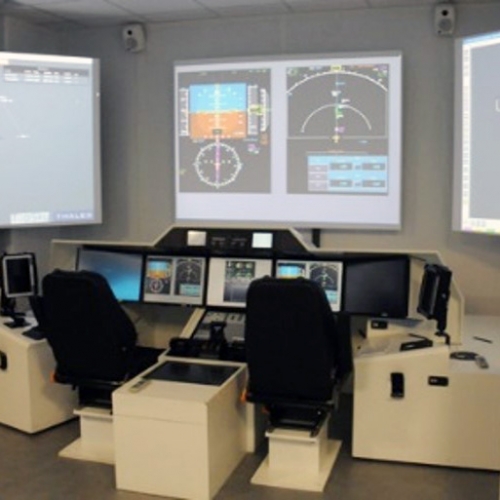
-
TCAP (2015)
Human Performance control techniques
Monitoring of the individual performance of the human operator through the determination of its physiological state. The idea of this research project, led by AIRBUS and involving research institutes, SMEs and end-users, is to prototype a self-monitoring app intended to aircraft pilots. The role of ORME stands in the real-time monitoring of the pilot gestures using an RGB-D 3D camera.
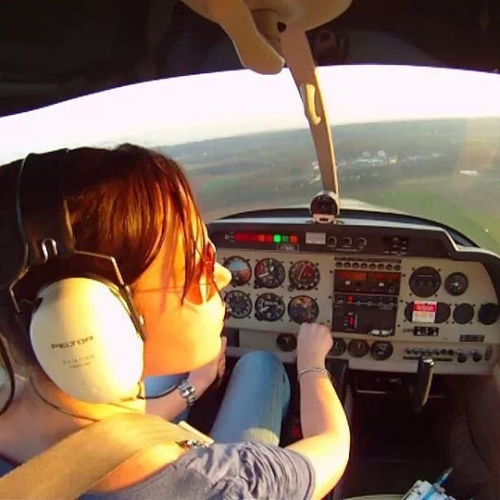
-
Fall detection (2013-2015)
Automatic fall detection sensor
The detection of falls of persons is a current major concern in nursing homes or at home support for seniors. The problem is particularly acute at night, because on one hand the risk of falls is higher, and also the grounding time may be long. Nursing homes are therefore looking for solutions to help detect falls, automatically and non-intrusively with the highest possible reliability.
This research project, supported by the Occitanie Region of France under the Agile-IT program, aimed at developing an innovative sensor, along with innovative algorithms, to set up a non-intrusive fall sensor. The sensor that we propose is based on a depth sensor in the near infrared. Discreetly tucked into a living space, the system is independent, active both day and night, with no contact with the person. Innovative algorithms for motion detection and analysis of the attitude of the person in real time to detect scenarios that may require sending an alarm: fall, long time out of bed at night, late bedtime, late rising time…

-
MoorInspect (2011-2014)
Development of advanced technique for mooring chains inspection in water
The objective of MOORINSPECT is to develop a medium range ultrasonic in-water testing technology to identify cracks and fatigue in a large chain links in deep-water offshore facilities. This research project has received funding from the European Union's Seventh Framework Program, managed by the Research Executive Agency.
ORME, part of a consortium of 9 European partners, involving research institutes, SMEs and end-users, will take part in the design and validation of ultra-sonic signal processing algorithms, to detect default in mooring chain links.
Find out more on www.moorinspect.eu.
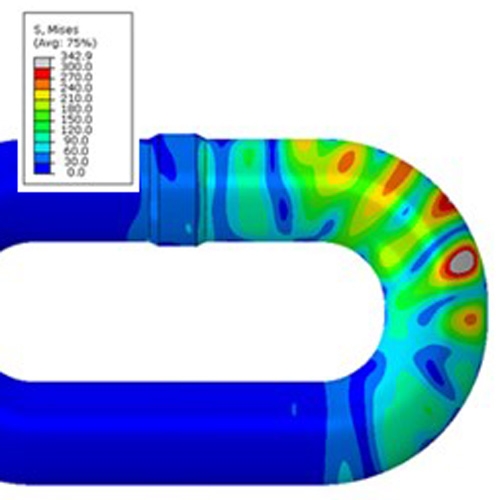
-
Plastronics (2011-2014)
Image processing for defect detection on organic plastics for OLED screens
ORME is strongly involved in the PlastronicsSpec research project, funded by the European Union’s Seventh Framework Program. This two year project aims at developing a real time digital X-ray radiography system, for the inspection of plastic electronics. In particular, ORME will actively participate in the design of image processing techniques to detect and measure defects.
This research project involves a consortium of seven European partners, research institutes, SME and end-users.
Find out more on www.plastronicsspec.eu.









